When I first discovered Kodak Plus-X I was hooked, instantly. But sadly Plus-X went away and while I still scramble to find old stock whenever I can, I can always go to Ilford FP4. Now that’s not to say FP4+ plays second fiddle to Plus-X in my book. In FP4+ I found probably the most versatile film that maintains a level of consistency across the board and formats within in the mid-speed range. Fine grain, sharp, and a contrast to die for. Not to mention a legacy that goes back to when Ilford first started producing flexible films.
Film Specs
Type: Panchromatic B&W
Film Base: Acetate
Film Speed: ASA-125, Latitude: 50-400
Formats Available: 135, 120, Sheets
Roll 01 – Kodak D-76
It’s not often that I find FP4+ boring, but in the case of D-76, it is. It’s not a bad combination, there’s just so much more you can do with FP4+ than let it soup in a standard developer. But it still produces a decent negative and everything you like about FP4+ can be found in the negatives I just find the contrast off my just a hair. I actually prefer to soup my FP4+ in the older slower cousin, D-23 with a slight pull to ASA-100 to really show off what the film can do!
Technical Details:
Hasselblad 500c – Carl Zeiss Planar 80mm 1:2.8 – Ilford FP4+ @ ASA-125
Kodak D-76 (Stock) 8:30 @ 20C
Roll 02 – Kodak HC-110
Probably one of my favourite ways to develop FP4+ despite not using the combination often. HC-110 really ramps up the contrast to a pleasing level without anything over the top. You still get the fine grain and sharpness. And the developer does really play to the film’s strengths. While there are some out there who don’t enjoy HC-110 with FP4+ it certainly does work when you don’t have anything else laying around.
Technical Details:
Bronica SQ-Ai – Zenzanon-PS 65mm 1:4 – Ilford FP4+ @ ASA-125
HC-110 Dil. B 7:00 @ 20C
Roll 03 – Rodinal
What do you pair a classic film with? A classic developer of course! One of my favourite combos for FP4+ is Rodinal, it brings out everything you like about the film and more. Not only does it make for extremely printable negatives but they scan like a dream with little needing to be done when you’re post-processing the scans. Negatives are sharp, the tone and contrast are dead on the money and while you may find an uptick in the grain in 35mm it’s hardly noticeable in 120 and large format. The film also responds well to stand developing with the tones becoming more like butter and the grain near non-exsistant.
Techincal Details:
Hasselblad 500c – Carl Zeiss Planar 80mm 1:2.8 – Ilford FP4+ @ ASA-125
Blazinal (1+25) 9:00 @ 20C
Roll 04 – Kodak Tmax Developer
While I knew of the pushing capabilities of Ilford FP4+, I never thought that TMax developer would be a good choice. But I was kind of forced into it, yet as I pulled the film out I was seriously impressed with the results. Of course, when I mentioned this to fellow podcast host Mike, he laughed and told me that TMax developer is a compensating developer so of course, it would work great for pushing. Well push or no push, TMax does a fantastic job on the film stock.
Technical Details:
Nikon FE – AI-S Nikkor 105mm 1:2.5 – Ilford FP4+ @ ASA-200
Kodak TMax Developer (1+4) 9:00 @ 20C
Final Thoughts
When it comes to film that can take anything you can throw at it and turn around and give you exactly the results you want, then FP4+ certainly ranks among those films. A bullet proof stock that likes every developer you throw at it. While D-76, HC-110, Rodinal, and TMax developer are all solid options. I’ve also souped the stuff in Pyrocat-HD, D-23, SPUR HRX and a wide range of Ilford developers (Microphen, Perceptol, DD-X, Ilfosol 3) and it loves everyone and provides the same consistent results no matter what developer and format you get it in. No questions, no troubles, just amazing photos, that’s FP4+.
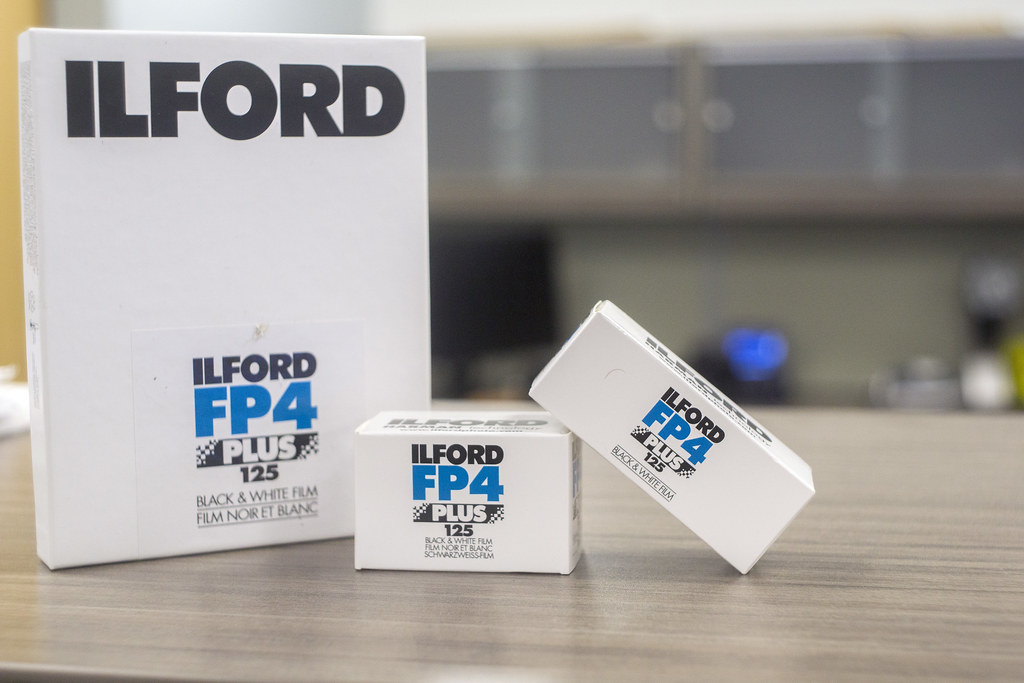
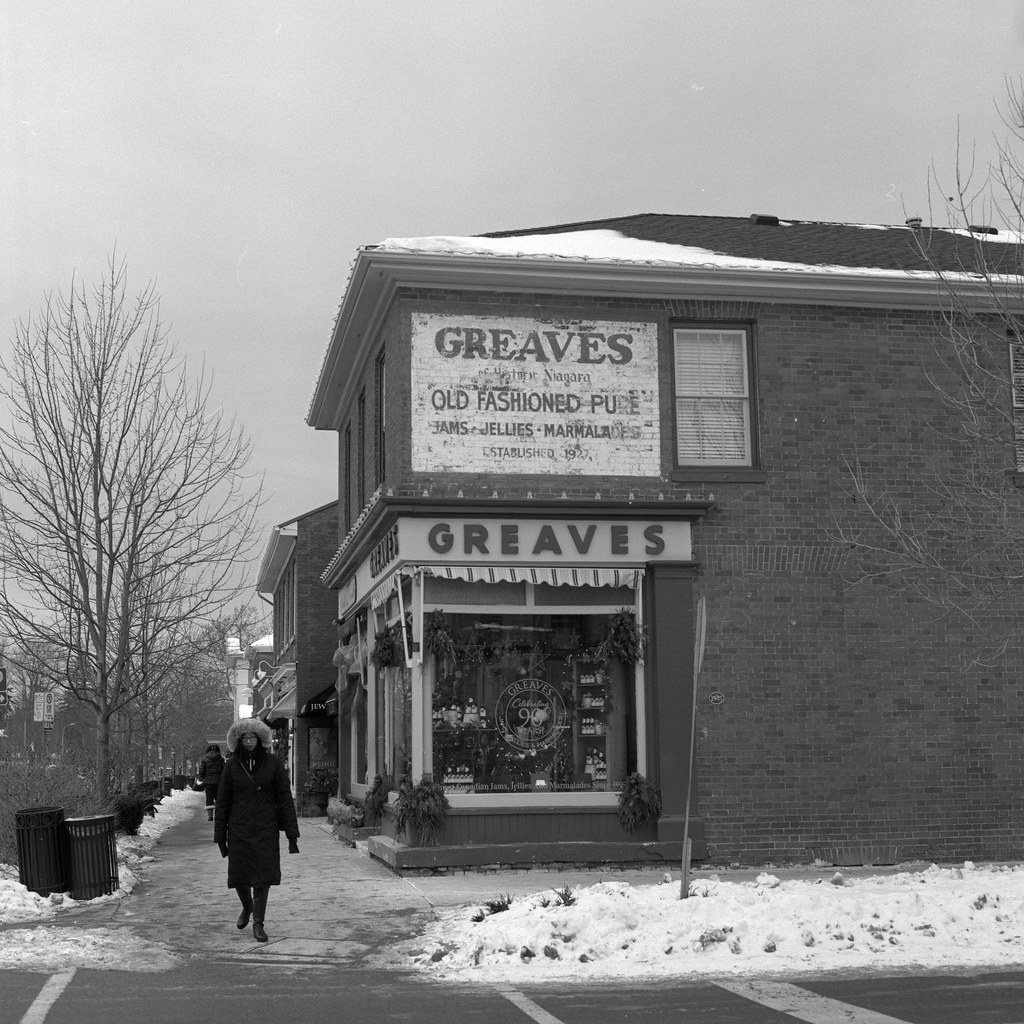
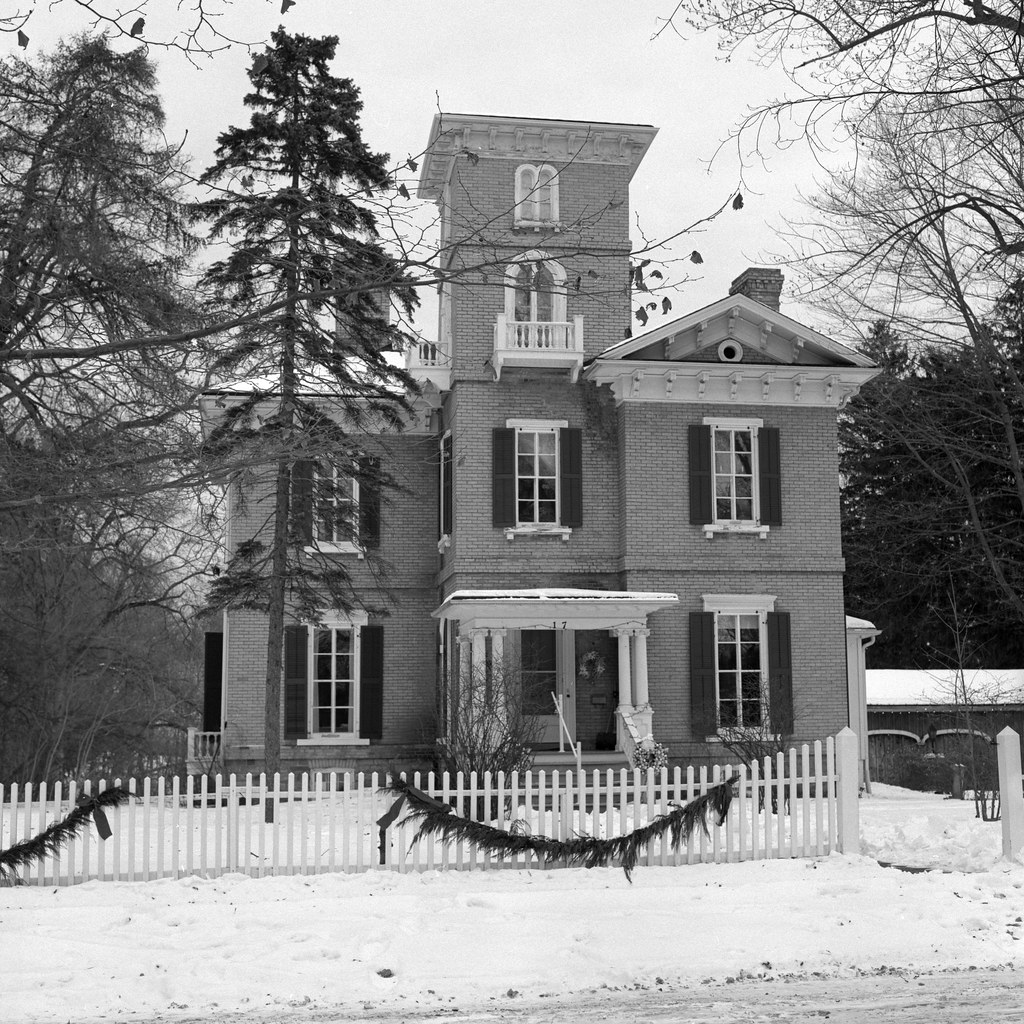
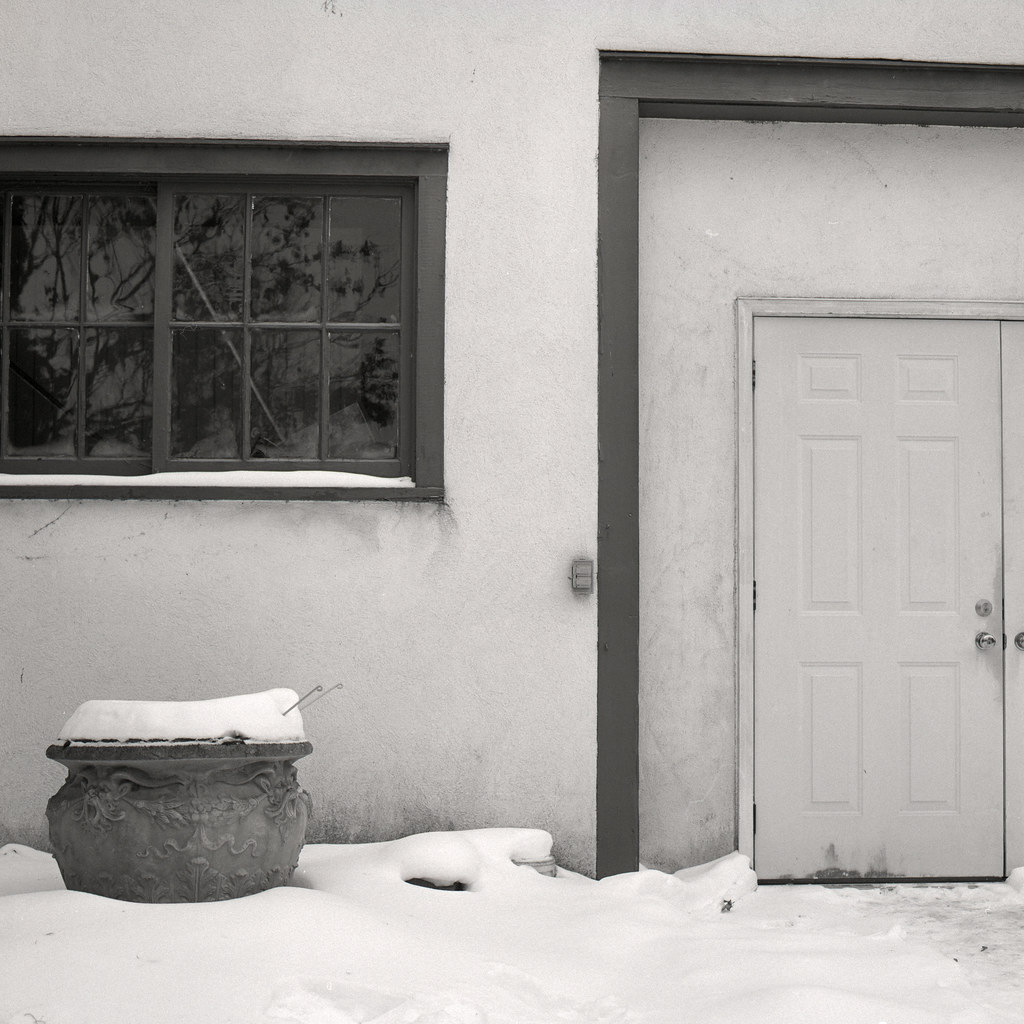
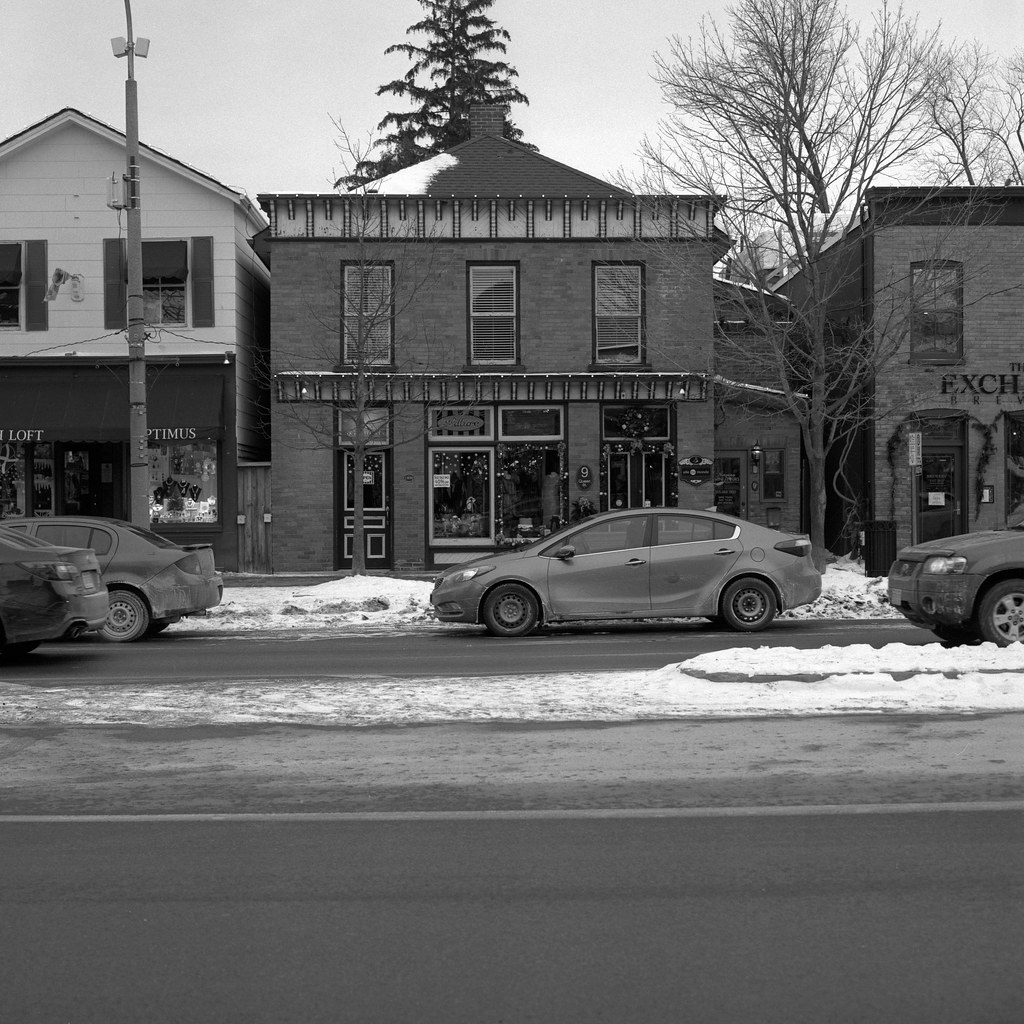
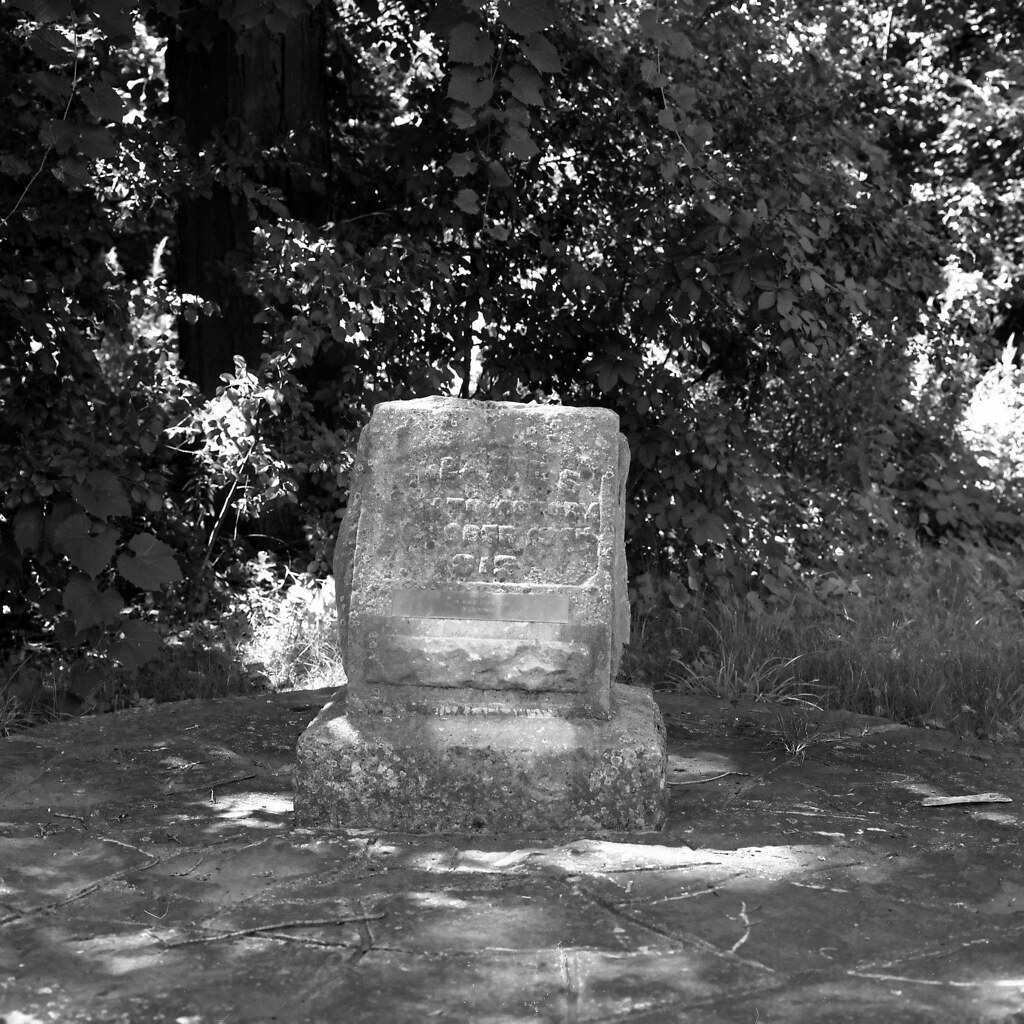
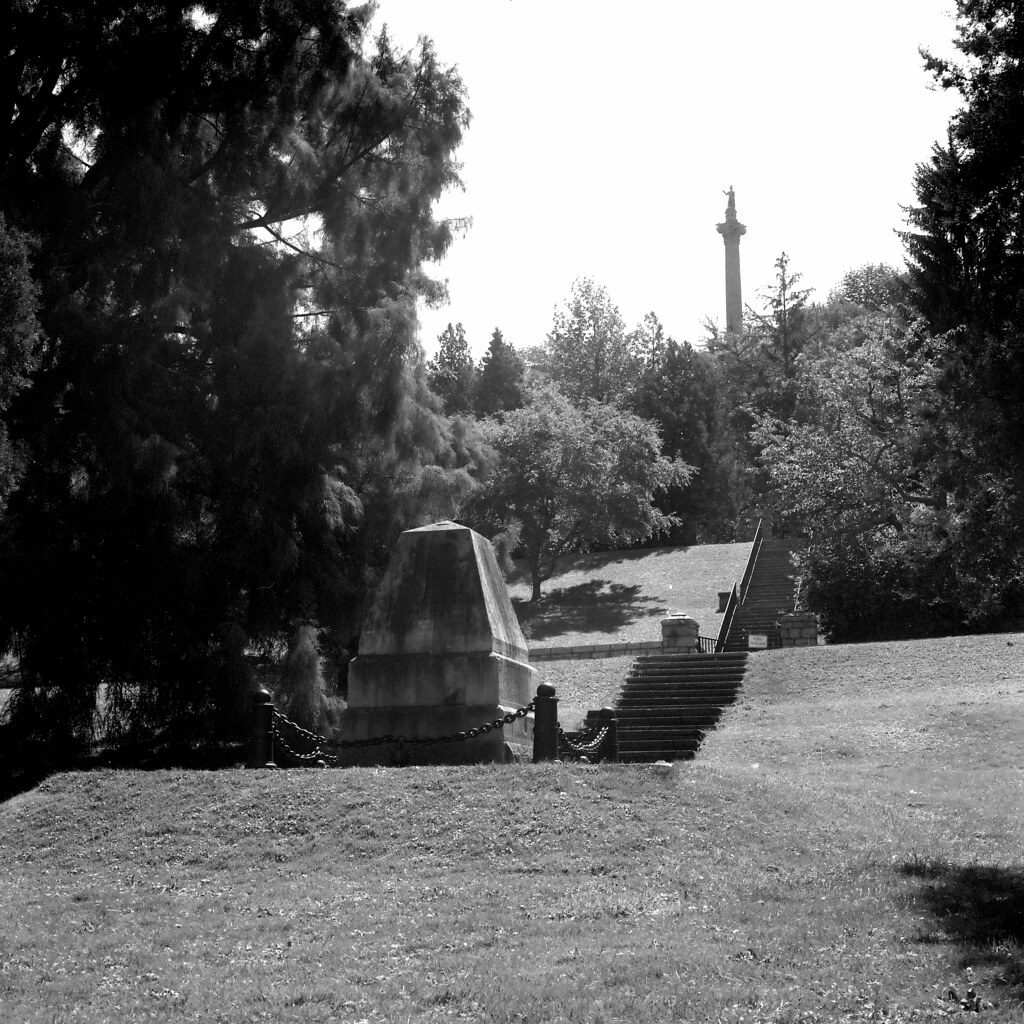
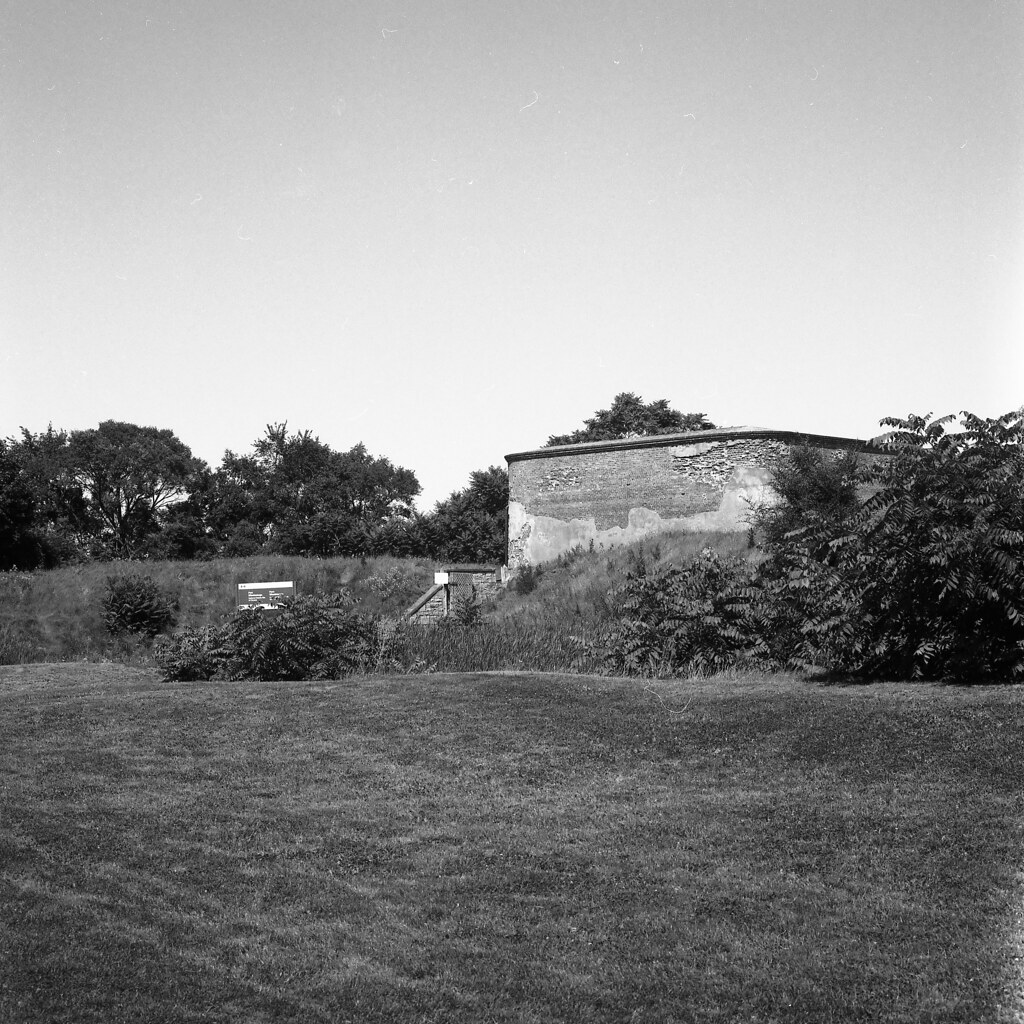
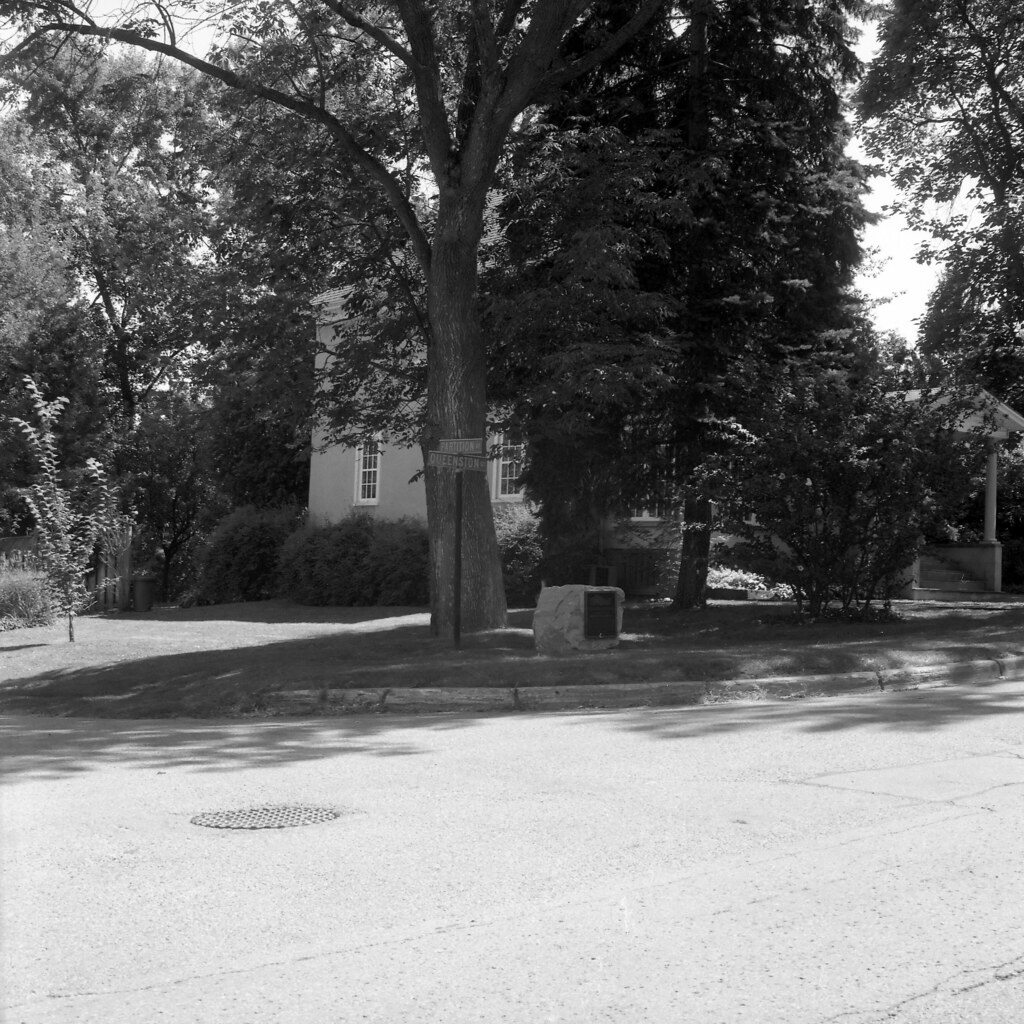
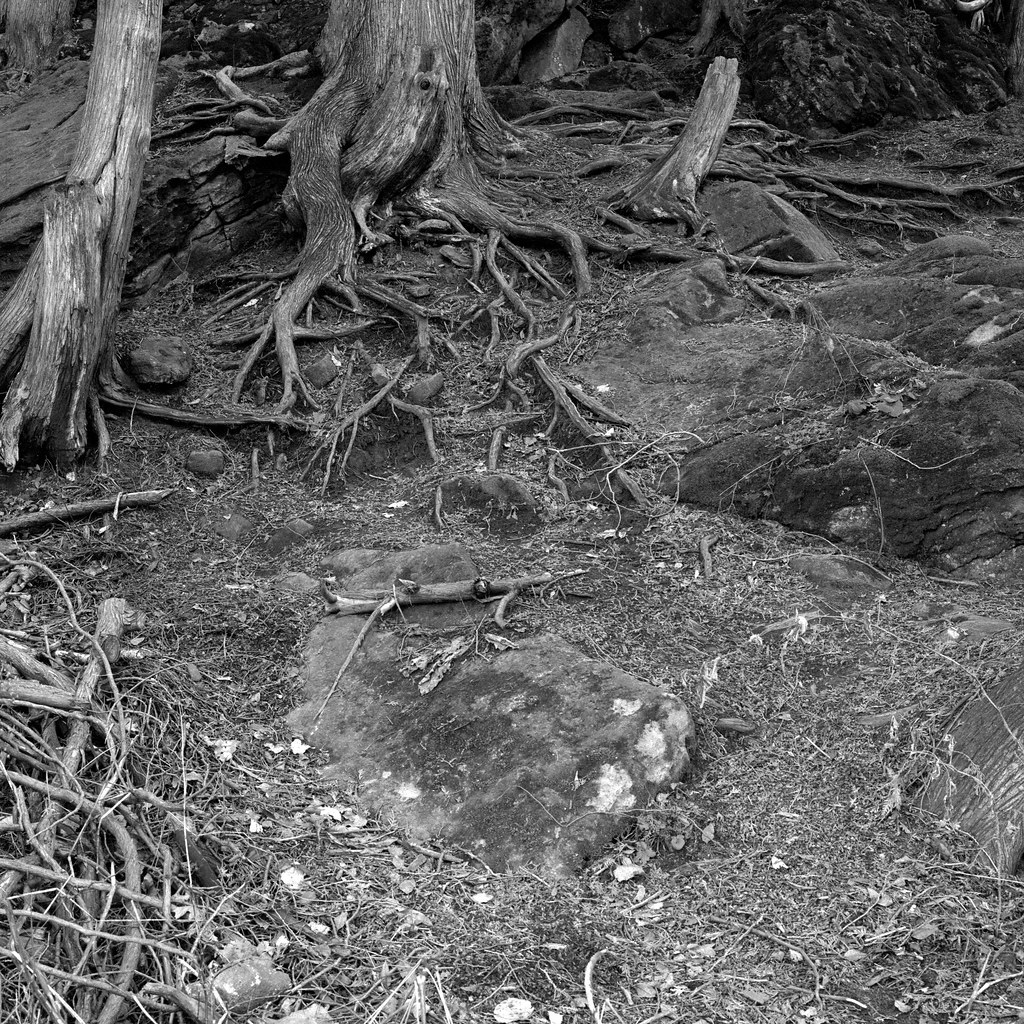
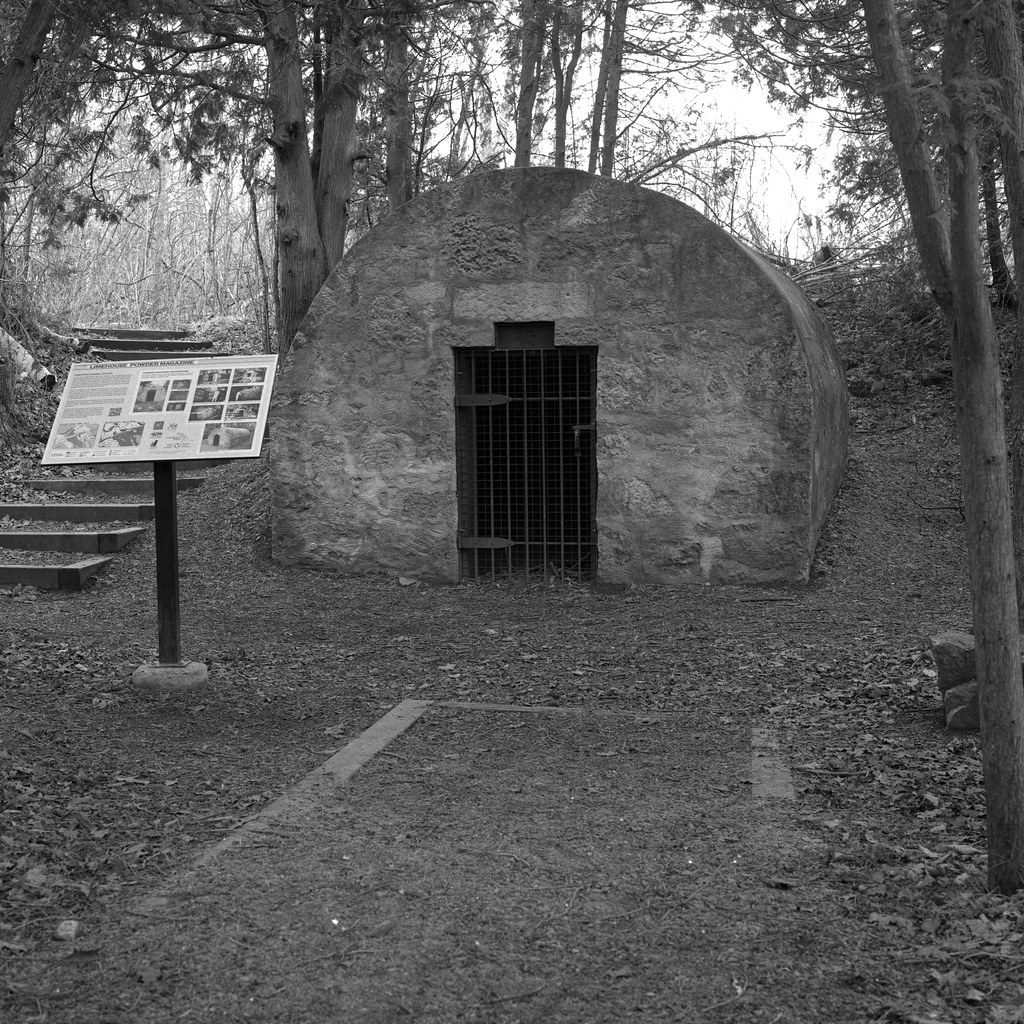
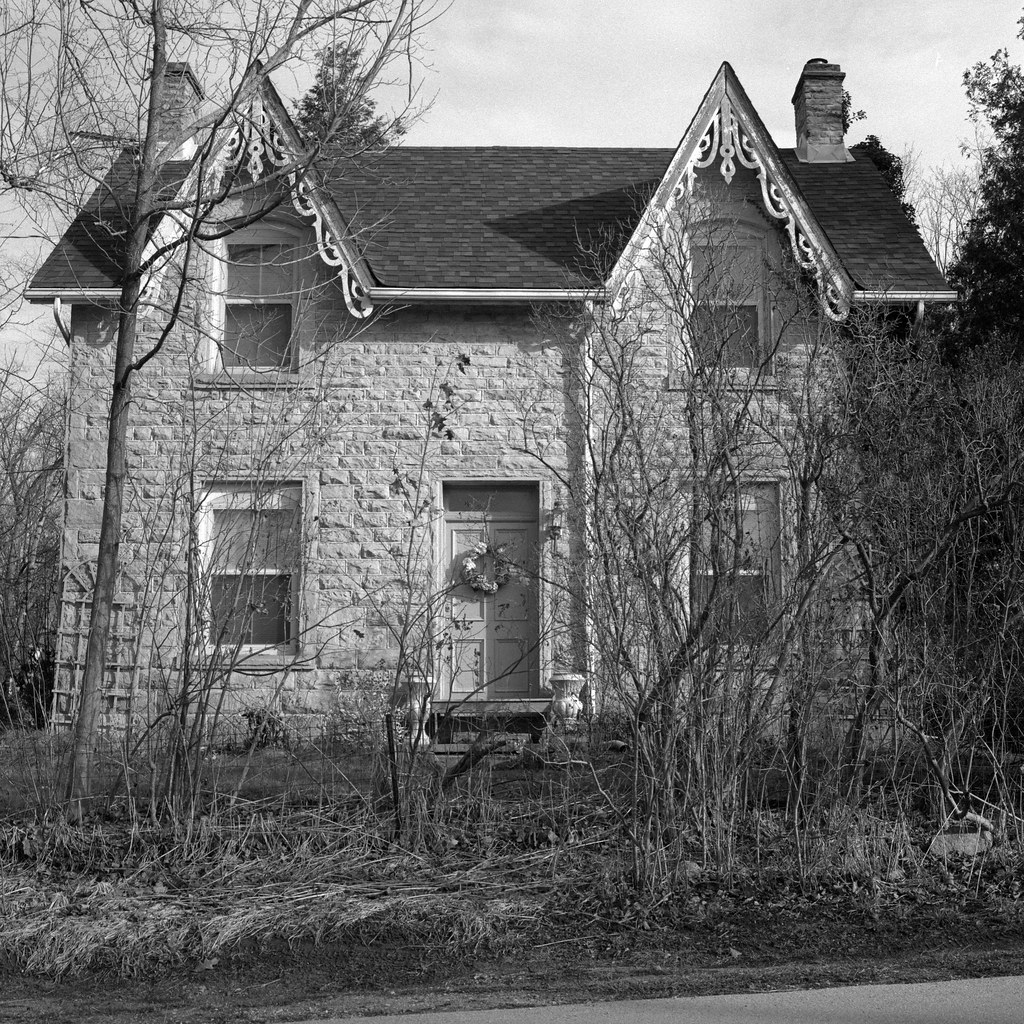

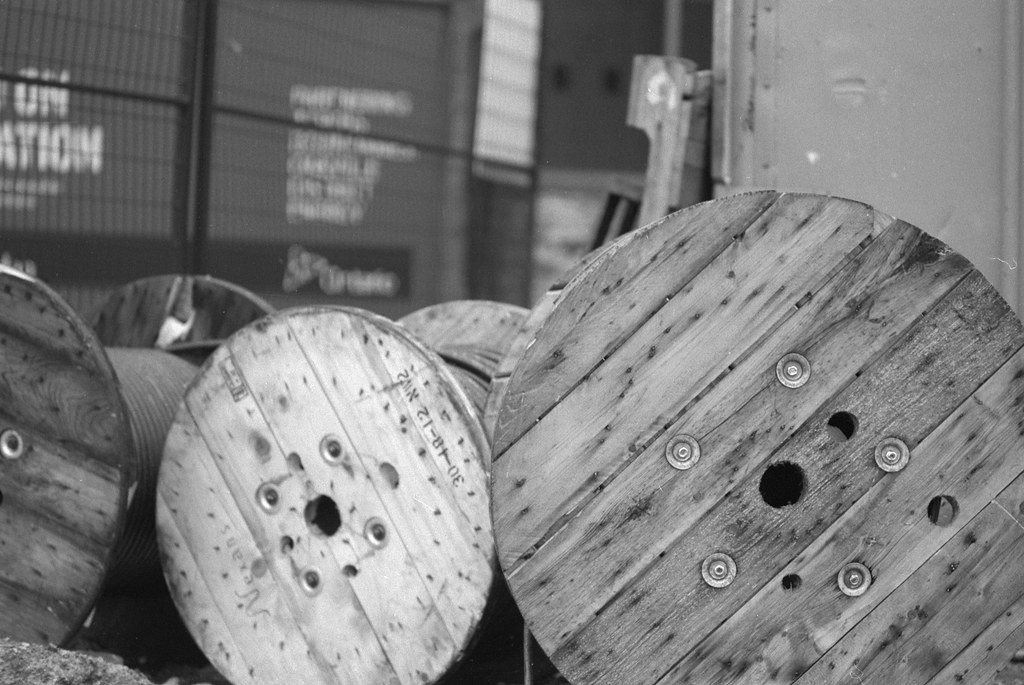
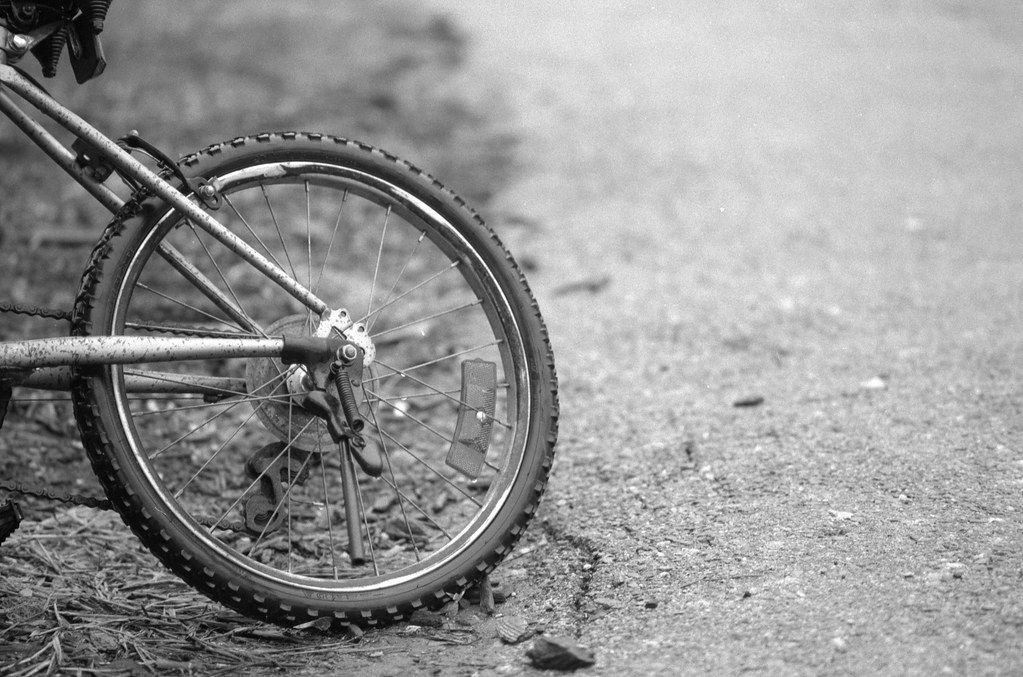
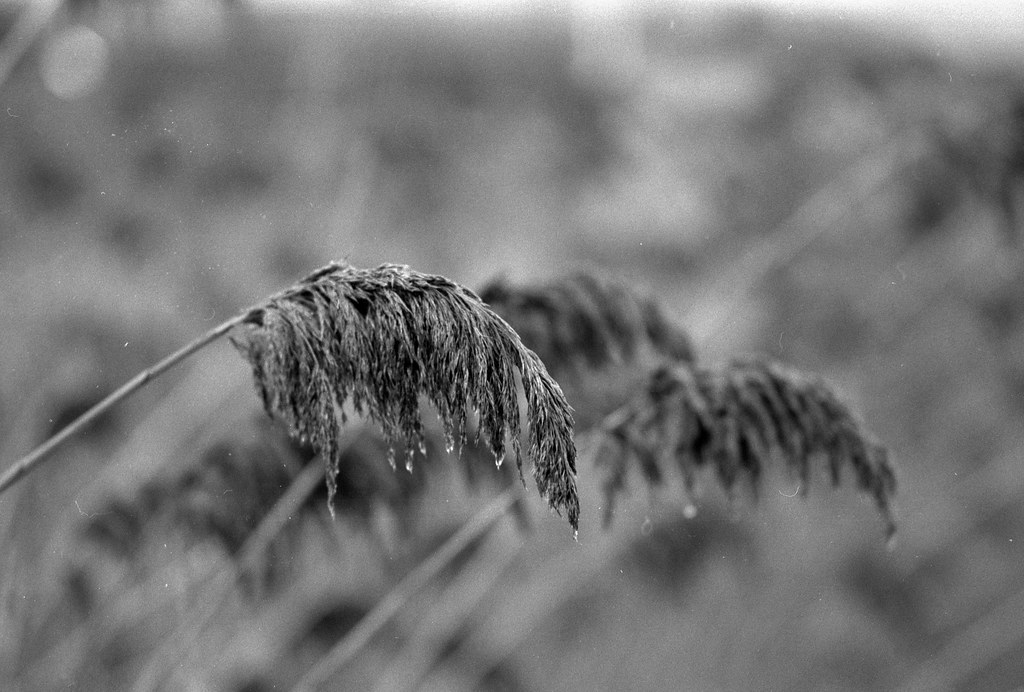
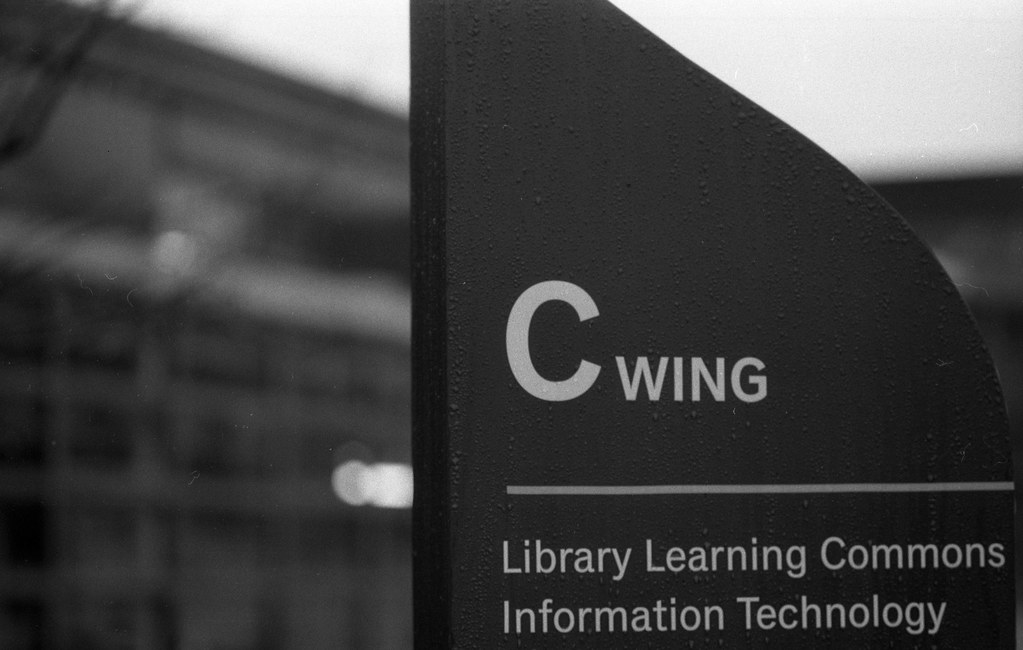
1 Comment